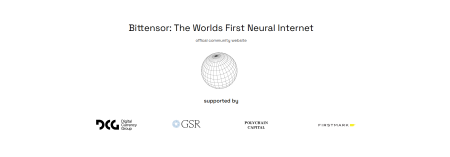Goldman Sachs recently advised clients against relying on data from previous Bitcoin halving cycles, attributing the warning to macroeconomic changes. The next halving event, scheduled to occur in two days, will see the per-block Bitcoin emissions cut in half, leading to an artificial scarcity that historically drives up demand and triggers significant BTC price rallies. However, Goldman Sachs cautions against assuming a repeat of past trends due to prevailing macro conditions that differ from those of previous halvings. Factors such as high inflation and interest rates need to be taken into consideration when analyzing the potential impact of the upcoming halving event.
The macroeconomic landscape has undergone significant changes, with major central banks increasing the M2 money supply, leading to interest rates remaining low or even negative in developed economies. This environment has encouraged risk-taking in financial markets, including the cryptocurrency sector. However, today’s economic climate, with US interest rates above 5% and diminishing expectations of rate cuts, differs from previous halving cycles. This has prompted Goldman Sachs and other analysts to adopt a more cautious outlook regarding the potential effects of the upcoming halving on Bitcoin’s price.
Despite the challenges posed by current macroeconomic conditions, Goldman Sachs remains optimistic about Bitcoin’s long-term prospects. The investment bank views the halving as a psychological reminder of Bitcoin’s capped supply, with the medium-term outlook dependent on the adoption of Bitcoin ETFs. The continued demand for Bitcoin ETFs is seen as a key driver of BTC price performance, alongside the supply-demand dynamic in the market. The recent surge in US-based Bitcoin spot ETFs, which have accumulated significant assets under management, indicates growing investor interest in the cryptocurrency.
Some analysts believe that the majority of the expected post-halving surge in Bitcoin’s price may have already occurred, potentially leading to a “buy the rumor, sell the news” pullback following the event. The slowing growth of Bitcoin ETFs, despite significant inflows over the past few months, suggests a decline in momentum as of April. The initial novelty hype surrounding Bitcoin ETFs tends to fade unless prices continue to rise, a trend that has not been sustained since early March. This indicates that investors may be losing interest unless there is a significant price increase to drive further inflows into Bitcoin ETFs.
In the past, Bitcoin has demonstrated strong price performance in the year following a halving event, with significant price increases recorded in 2012, 2016, and 2020. However, the month following the halving has seen mixed results, with varying price changes observed over the three cycles. Goldman Sachs recognizes the historical trends related to Bitcoin halving events but emphasizes the need for caution in extrapolating past data to predict future outcomes. The investment bank’s assessment of the current macroeconomic landscape and its potential impact on Bitcoin’s price serves as a reminder of the complex interplay of factors influencing the cryptocurrency market.
While the upcoming Bitcoin halving event is expected to have a significant impact on the cryptocurrency market, the influence of macroeconomic conditions cannot be overlooked. Goldman Sachs’ cautious approach to analyzing the potential effects of the halving event reflects a broader trend among analysts who are closely monitoring market developments. The future performance of Bitcoin, particularly in relation to the adoption of ETFs and prevailing macroeconomic factors, remains uncertain. As investors navigate the evolving landscape of the cryptocurrency market, the balance between optimism and caution will be crucial in assessing the potential risks and opportunities associated with Bitcoin and other digital assets.















